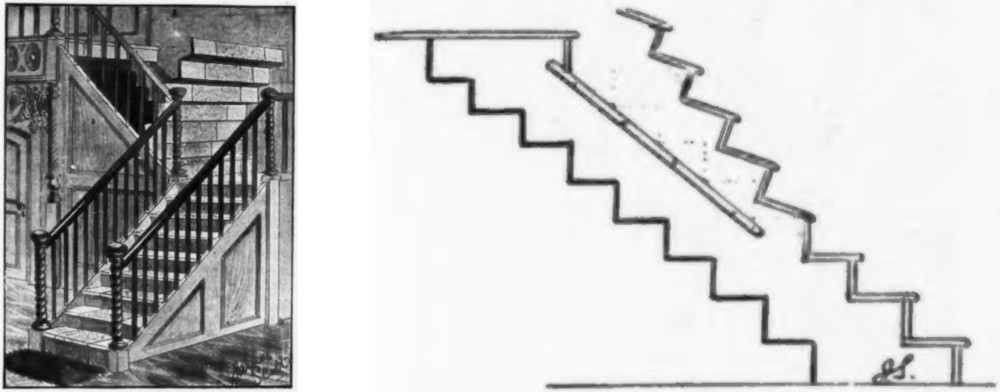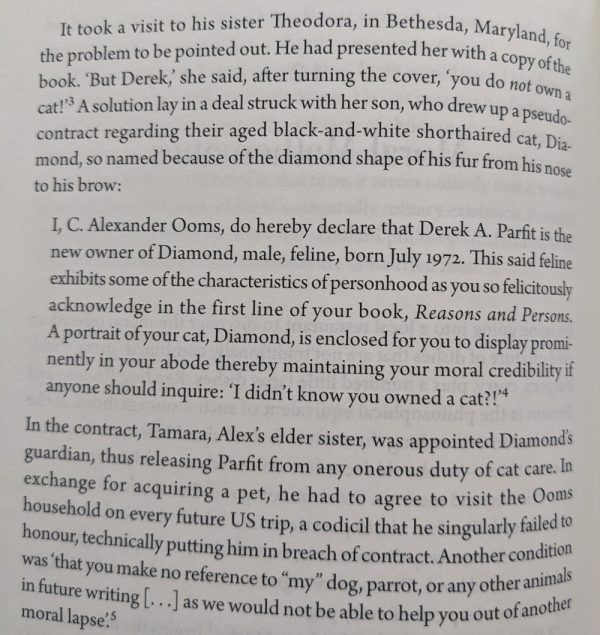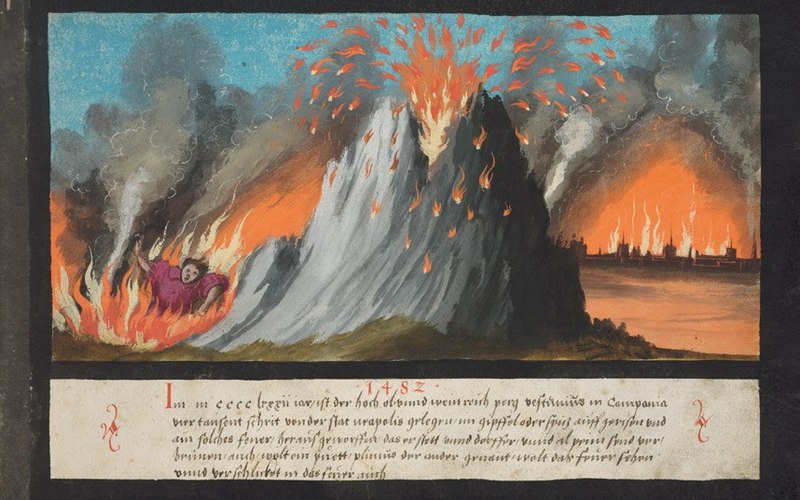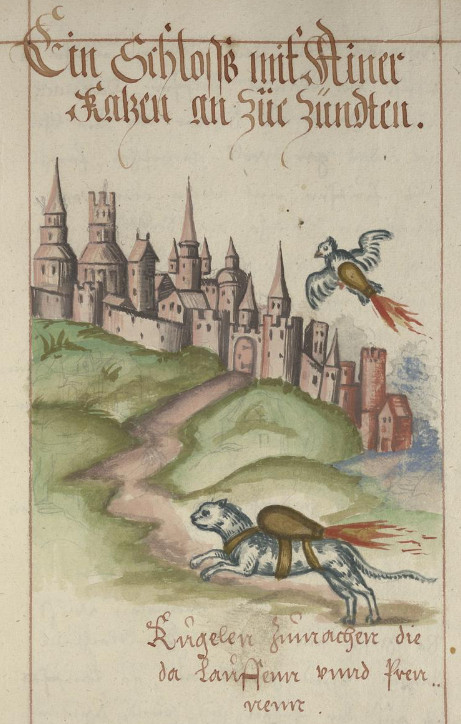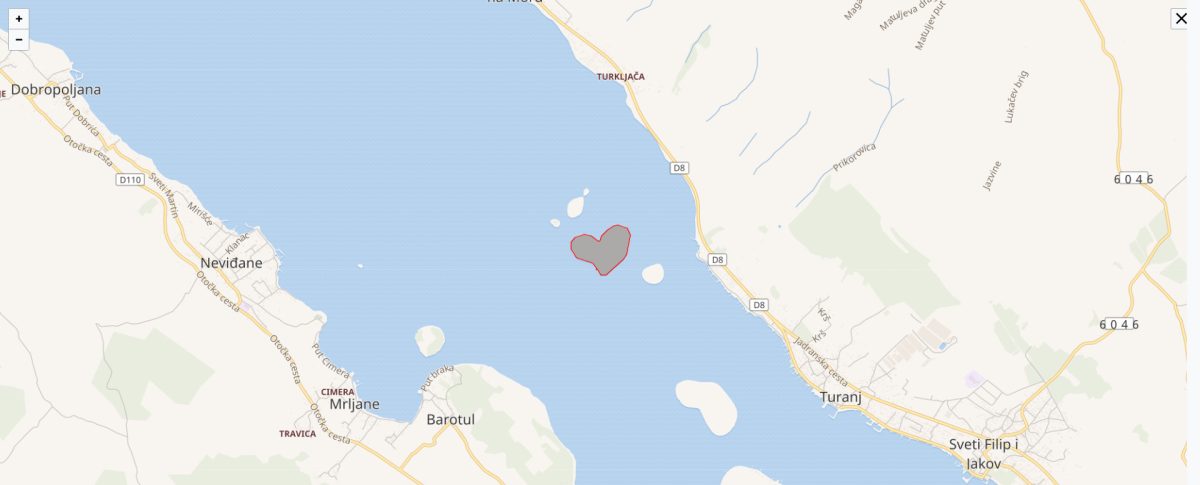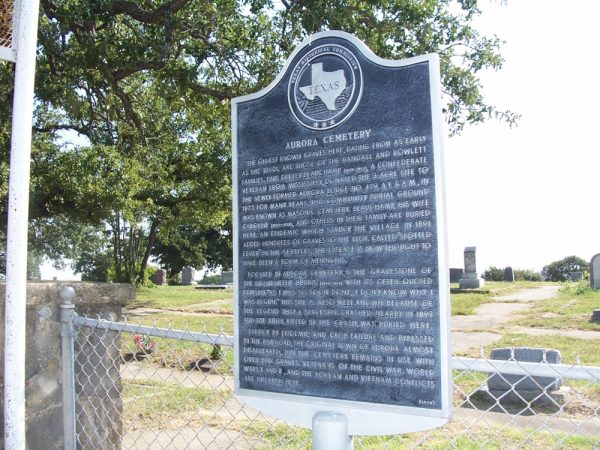In an article on secret hiding places in the Strand, December 1894, James Scott describes an ingenious refuge in the space between two matched flights of stairs. The functional set of risers on top can be raised to reveal a false set below, and the fugitive can take his place in the space between the two. When the door is closed again, searchers see only an ordinary staircase, and if they examine the empty cupboard beneath they’ll see only the apparent undersides of the risers above, which match them in number and size. There’s no perspective from which they can view the purported single stair from both above and below, and thus no reason to imagine that it might be double.
“Tapping upon what they believed to be the underside of the proper stairs would produce a hollow sound; but as a similar response must be expected when legitimate stairs are tapped, that point would not be considered a valuable clue,” Scott writes. “The quarters would be truly uncomfortable, as the necessities of the position would demand that the prisoner should lie at full length in the cavity. Perhaps, however, some provision was made whereby slight relief was afforded.”

